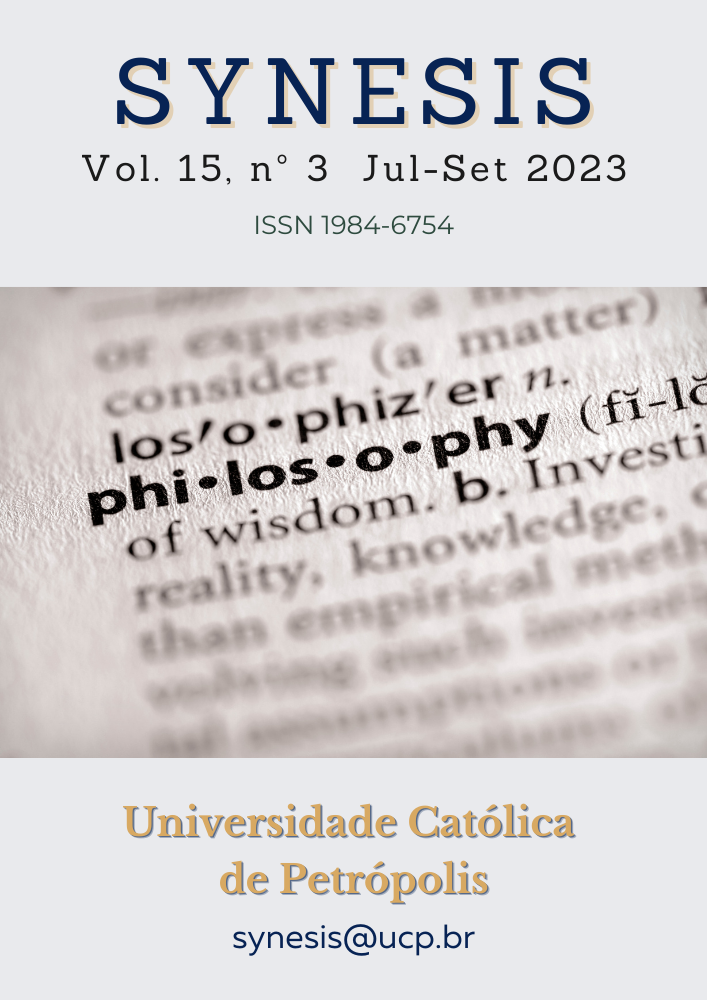Resumo
The article is devoted to the analysis of the recent history of the philosophical justification of the public image of science in the philosophy of science – from the end of the 20th century to the current socially turbulent society. In this period, in various versions, scientists reflected on the epochal break in science: there were created the concepts of post-normal science, post-academic science, post-non-classical science, the concept of the triple spiral, the concept of technoscience, etc. This change of epoch was connected with the open exit of science into the public sphere and, in particular, into the sphere of politics as an active social and political actor. Along with preserving the priority importance of the role of natural science as a fundamental science, social sciences are increasingly coming to the forefront: they play an active role in promoting the interests of science in society. Three main models of active interaction between science and society are presented: the deficit model, the dialogue model, and the participation model. The important role of the media in shaping the public image of science, in the affirmation of ideas about scientific integrity and in the promoting the eradication of deformations of scientific knowledge is also emphasized – from highlighting the poor academic style to exposing the fabrication of scientific results. However, the definition of scientific integrity as one of the key characteristics of the public image of modern science should be carried out not by the media, not by the judicial system, not by political decisions, but by the expert assessment of the scientists themselves.
Referências
Anderson, L. (2012). Too much information? Political science, the university, and the public sphere. Perspectives on politics, 10 (2), 385–396. https://doi.org/10.1017/S1537592712000722.
Bauer, M. W., Allum, N., & Miller, S. (2007). What can we learn from 25 years of PUS survey research? Liberating and Expanding the agenda. Public Understanding of Science, 16 (1), 79–95. https://doi.org/10.1177/0963662506071287.
Bodmer, W. F., et al. (1985). Public Understanding of Science. Report of a Royal Society ad hoc Group endoursed by the Council of the Royal Society. London: The Royal Society.
Clarke, L., et al. (2012). A synthetic biology roadmap for the UK. Synthetic biology roadmap coordination group. Technology strategy board. https://www.academia.edu/90176709/A_Synthetic_Biology_Roadmap_for_the_UK.
Collins, H. M. (1985). Changing Order: Replication and Induction in Scientific Practice. London, Beverly Hills, and New Delhi: Sage Publications.
Dunwoody, S. (2014). Science Journalism: Prospects in the Digital Age. Bucchi, M., & Trench, B. (eds.). Handbook of the public communication of science and technology (pp. 27–39). London: Routledge.
Dunwoody, S., & Ryan, M. (1985). Scientific barriers to the popularization of science in the mass media. Journal of Communication, 35 (1), 26–42. https://doi.org/10.1111/j.1460-2466.1985.tb01882.x.
Fahy, D. (2017). Historical moments in public understanding of science: 1977, The Visible Scientists identifies a new scientist for the mass media age. Public Understanding of Science, 26, 1019-1024. https://doi.org/10.1177/0963662517732909.
Goodell, R. (1977). The Visible Scientists. The Sciences, 17 (1), 6–9. https://doi.org/10.1002/j.2326-1951.1977.tb01494.x.
Kuhn, T. (1970). The structure of scientific revolutions. Second Edition, enlarged. Chicago, London: University of Chicago Press Ltd.
Lewenstein, B. V. (1992). The meaning of `public understanding of science’ in the United States after World War II. Public Understanding of Science, 1 (1), 45–68. https://doi.org/10.1088/0963-6625/1/1/009.
Nordmann A., Radder H., & Schiemann, G. (eds.). (2011). Science transformed? Debating claims of an epochal break. Pittsburgh: University of Pittsburgh Press.
Novotny, H., Scott, P., & Gibbons, M. (2001). Rethinking science: knowledge and the public in an age of uncertainty. Cambridge: Polity.
Nowotny, H. (2014). Engaging with the political imaginaries of science: Near misses and future targets. Public understanding of science, 23 (1), 16–20. https://doi.org/10.1177/0963662513476220.
Schiemann, G. (2011). An epoch-making change in the development of science? A critique of the “Epochal-Break-Thesis”. Carrier, M. Nordmann, A. Science in the Context of Application. Boston Studies in the Philosophy of Science 274 (pp. 431–453). Dordrecht, Springer. https://doi.org/10.1007/978-90-481-9051-5_25.
Science (2002). From PUS to PEST. Science, 298(5591), 49.
Short, D. (2013). The public understanding of science: 30 years of the Bodmer report. School Science Review, 95 (350), 39-44.
Wu, C. S., & Chen, T.-T. (2019). Building brand's value: Research on brand image, personality and identification. International Journal of Management, Economics and Social Sciences, 8 (4), 299-318. https://doi.org/10.32327/IJMESS/8.4.2019.19.
Ziman, J. (2000). Real science: what it is, and what it means. Cambridge, New York: Cambridge University Press.

Este trabalho está licenciado sob uma licença Creative Commons Attribution-NonCommercial-NoDerivatives 4.0 International License.
Copyright (c) 2023 Synesis (ISSN 1984-6754)

